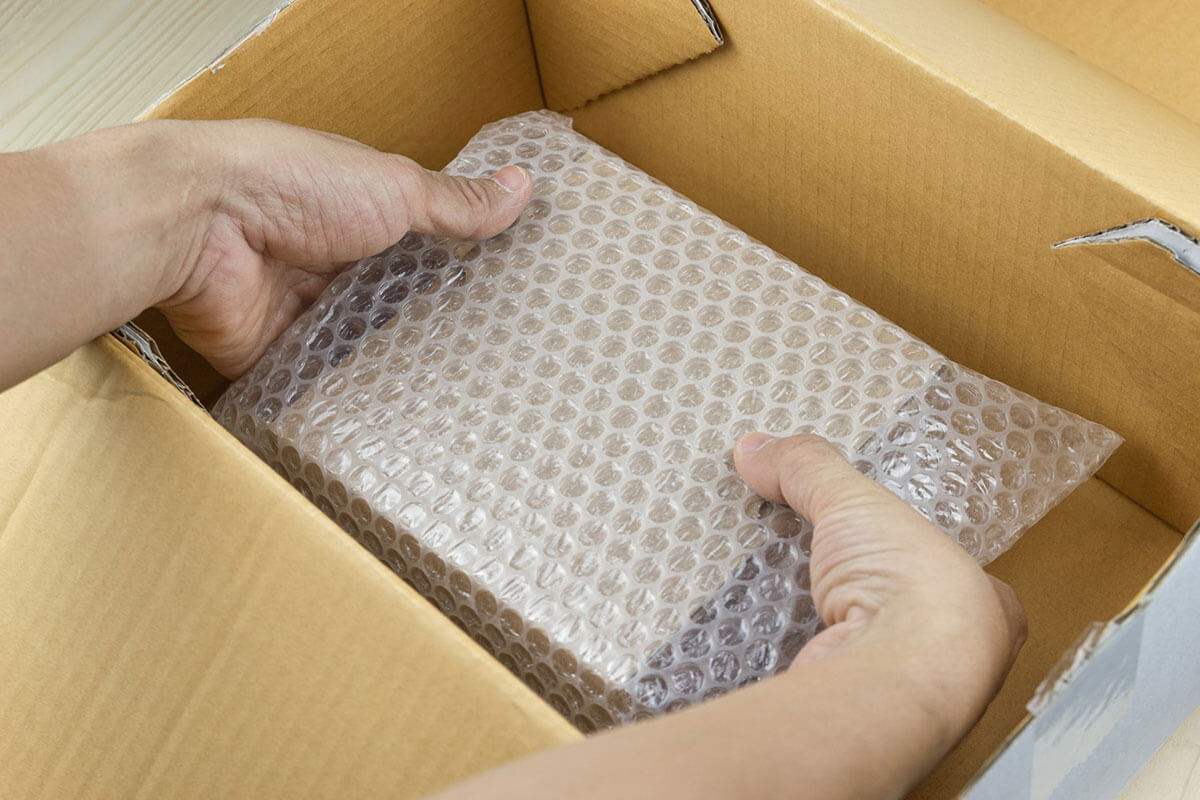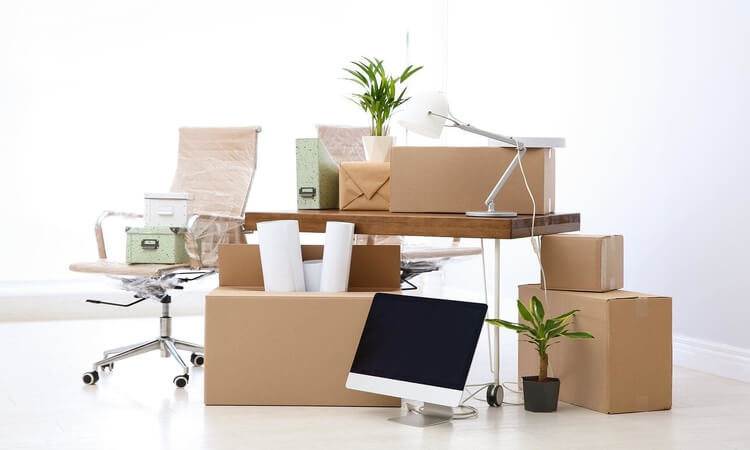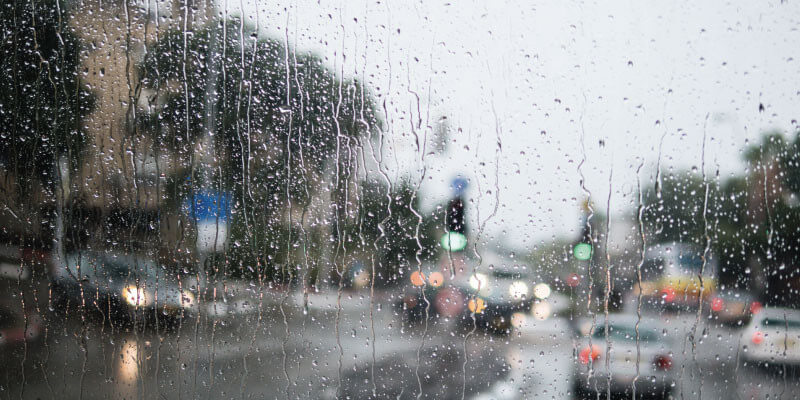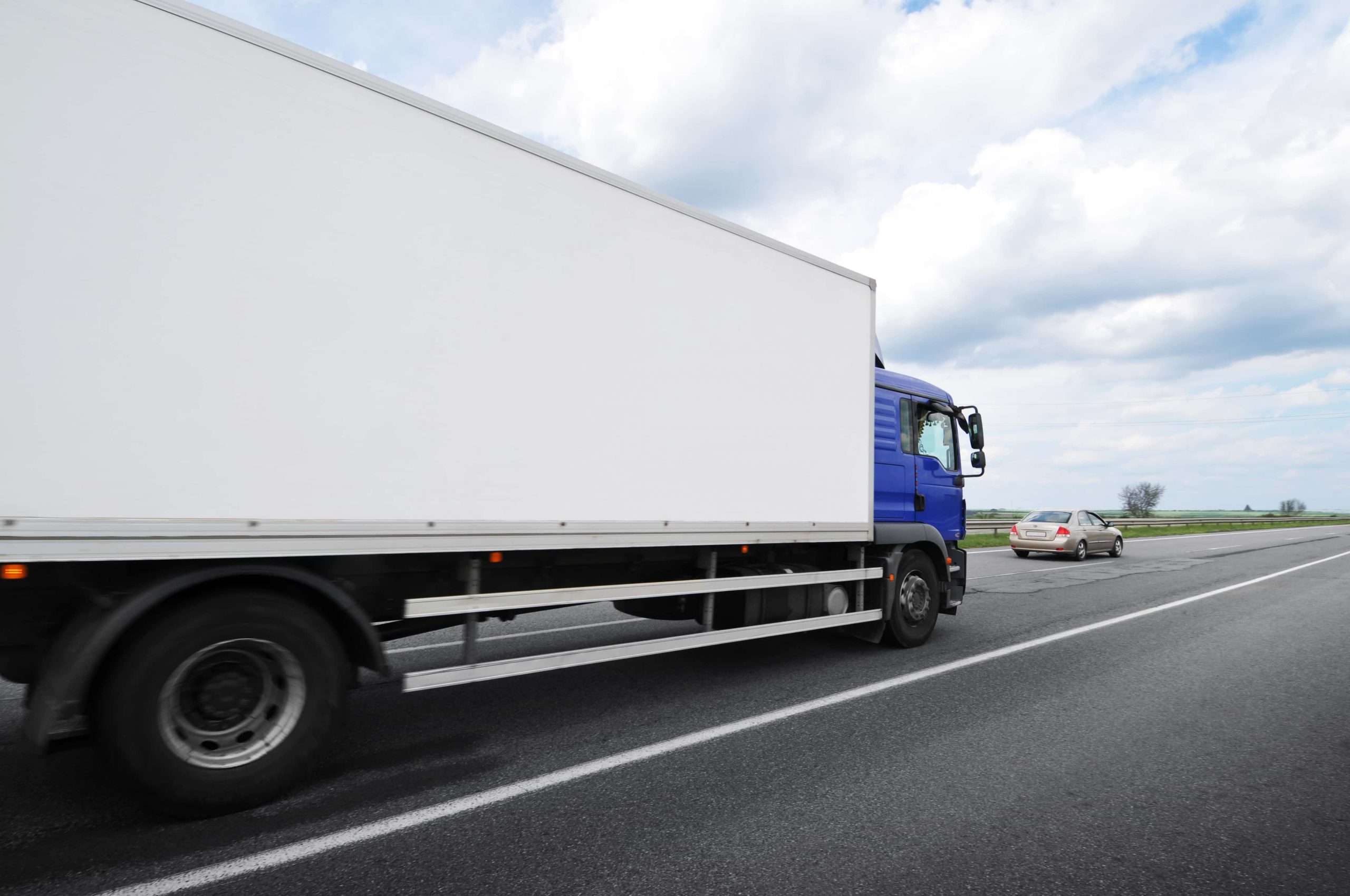Not All Bubble Wraps Were Created Equal: Which One Works For Your Move
Different types of bubble wrap serve different purposes. Some are better for protecting delicate items, while others are more effective at insulating against temperature changes.
Here are some of the most common types of bubble wrap and their uses as packing material:
Standard Bubble Wrap
Standard bubble wrap is the most common type of bubble wrap, and it is made up of tiny bubbles that are evenly spaced. This type of bubble wrap is often used to protect items during shipping. It serves as outer layers that protect delicate items from breakage.
Standard bubble wrap can also be used as packing materials and as a void fill material that is placed inside a cardboard box. Standard bubble wrap can be wrapped around an item several times to provide extra protection when using it for packaging.
Mini Bubble Wrap
Mini bubble wrap is similar to standard bubble wrap, but the bubbles are smaller. This type of thin plastic bubble wrap is often used to protect more delicate items, and it can also be used for packaging and as a void fill material. When using it for packaging, this bubble wrap product can be wrapped around an item several times to provide extra protection for an entire box of items or individual pieces.
Bubble Wrap with Pouches
Bubble wrap with pouches is a bubble wrap with bubbles on one side and a smooth surface on the other. This type of bubble wrap is often used to protect more delicate items, and it can also be used for packaging and as a void fill material. When using it for packaging, bubble wrap with pouches can be wrapped around an item several times to provide extra protection.
Anti-Static Bubble Wrap
Anti-static bubble wrap is a type of bubble wrap used to protect items sensitive to static electricity. This bubble wrap is often used to protect electronic components and devices, and it can also be used for packaging and as a void fill material. When using it for packaging, anti-static bubble wrap can be wrapped around an item several times to provide extra protection.
Reflective Bubble Wrap
Reflective bubble wrap is a type used to protect items from heat. This type of bubble wrap is often used to protect items that are sensitive to heat. It can also be used for packaging and as a void fill material. When using it for packaging, reflective bubble wrap can be wrapped around an item several times to provide extra protection.
There are many different types of bubble wrap, each with unique uses. When selecting bubble wrap for packaging, choosing the best type for the item you are trying to protect is important.
What Items Need to be Bubble-Wrapped?
Bubble wrap is often used to protect items that are delicate, breakable, or sensitive to temperature changes. Some of the most common items that are bubble-wrapped include:
Electronic components and devices
These items are often sensitive to static electricity and must be protected from electrostatic discharge. Some examples include computer components, circuit boards, and delicate electronic devices.
Glassware
Glassware is fragile and can easily break. When packing glassware for shipping, it is important to use bubble wrap to protect it from breaking.
Artwork
When packing artwork for shipping, it is important to use bubble wrap to protect it from damage. Artwork can be delicate and sensitive to changes in temperature and humidity.
Dishware
Dishware is fragile and can easily break. When packing dishware for shipping, it is important to use bubble wrap to protect it from breaking. Some items you need to protect include plates, bowls, and cups.
Mirrors
Mirrors are fragile and can easily break. When packing mirrors for shipping, it is important to use bubble wrap to protect them from breaking.
Picture frames
Picture frames are delicate and can easily be damaged. When packing picture frames for shipping, it is important to use bubble wrap to protect them from damage.
Precious metals
Precious metals are valuable and need to be protected from theft. When packing precious metals for shipping, it is important to use bubble wrap to protect them from damage.
Other items you may need to bubble wrap include vases, lamps, and figurines.
How to do a Traditional Bubble Wrap on an Item?
When using bubble wrap for packing, it is important to wrap the item securely. For delicate or breakable items, you may want to wrap them in multiple layers of bubble wrap. You may want to use reflective bubble wrap for items sensitive to temperature changes.
You can use tape, string, or adhesive to secure the bubble wrap. Be sure to use a secure method that will not damage the item you are trying to protect.
Other Protective Items Used Aside from Bubble Wrap
Other protective items can be used in addition to or instead of bubble wrap. These items include:
Packing Peanuts
Packing peanuts are small, lightweight pieces of styrofoam that fill empty spaces in packages. They are often combined with bubble wrap to provide extra protection for fragile items.
Advantages:
- Lightweight and easy to store
- Cheap
Disadvantages:
- Can be messy
- Not biodegradable
- Not recyclable
Air Cushions
Air cushions are thin, inflatable bags that fill empty spaces in packages. You will often find them in the packaging of delicate items such as electronic equipment, and they are also used to stabilize and protect fragile items during shipping.
Advantages:
- Lightweight and take up very little space when not inflated
- Can be reused multiple times
- Provide good protection for fragile items
Disadvantages:
- May burst if punctured
- Not as effective as other types of bubble wrap in protecting against impact
- Can be more expensive than other types of bubble wrap
Foam Wrap
Foam wrap is a type of material that is used to protect items from shock and vibration. It is often used in packaging electronic equipment and other delicate items.
Advantages:
- Can be reused multiple times
- Provides good protection against shock and vibration
- Lightweight and takes up very little space when not inflated
Disadvantages:
- May burst if punctured
- Not as effective as other types of bubble wrap in protecting against impact
- Can be more expensive than other types of bubble wrap
Do Professionals Use Bubble Wrap as Packaging Material?
Professionals who pack and ship items for a living often use bubble wrap. They find that it is an effective way to protect fragile items from damage. Bubble wrap is also lightweight and easy to store, which makes it convenient for professionals who have to move frequently.
Bubble wrap is most effective when used to protect fragile items from impact. It is also useful for protecting items from vibration and shock. Bubble wrap can also be used to insulate items from temperature changes.
In Australia, removal companies and movers often use bubble wrap to protect your items during transit. Be sure to ask your removalist if they use bubble wrap and how much they charge.
Overall, bubble wrap is a versatile and effective packaging material that can be used to protect a variety of items. When used correctly, the sealed air can help to prevent damage during shipping. It is important to choose the right type of bubble wrap for your needs and to use it properly to ensure that your items are covered by protective packaging material.
Moving Tips and Tricks
Discover efficient packing strategies, organisation hacks, and expert advice to streamline your moving process and ensure a smooth transition.

What to Look for When Booking Moving Trucks
Before you rent a moving vehicle, you should know a few things. The process might seem straightforward – you walk in, select the size of the truck or van you need, pay for it and then drive away. But in reality, there’s quite a bit more to consider.
View ArticleOur Removalist Services
- Removalists Sydney
- Removalists Melbourne
- Removalists Melbourne to Sydney
- Removalists Sydney to Melbourne
- Removalists Melbourne to Adelaide
- Removalists Adelaide to Melbourne
- Removalists Melbourne to Canberra
- Removalists Canberra to Melbourne
- Removalists Melbourne to Brisbane
- Removalists Brisbane to Melbourne
















